

The FDA plans to expand generative AI capabilities—across all centers using a secure, unified platform.

The FDA plans to expand generative AI capabilities—across all centers using a secure, unified platform.

As healthcare pushes forward in digital transformation, AI has emerged as a critical tool in optimizing electronic medical records. EMRs remain both vital and frustrating. Clinicians wrestle with usability, while patients struggle with engagement and access. By integrating AI thoughtfully and securely, we can create a more intuitive, efficient and user-centric experience for both groups.

MTI Viewpoint: I expect fundamental changes to our medical device ecosystem; not all companies will survive them. The ability to consistently use AI will also determine who will be among the survivors and even the winners. AI will not only be part of the devices but also an internal tool.
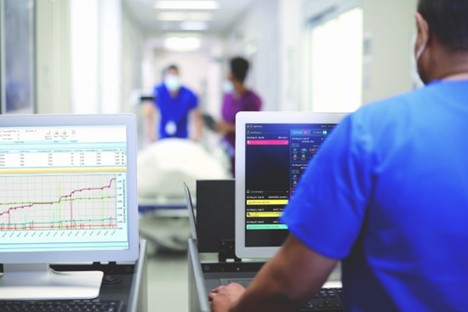
For over four decades, the medical device industry has wrestled with fragmented data exchange and proprietary integrations. HL7’s Device Interoperability FHIR Accelerator initiative offers a vendor-neutral framework to finally achieve plug-and-play interoperability—unlocking scalable, AI-powered MedTech innovation and improving patient outcomes.

AI’s reach depends on the environments in which it operates as well as how it is developed and deployed, highlighting a fundamental debate on whether we should push for regulation or opt for free-market-driven deregulation.
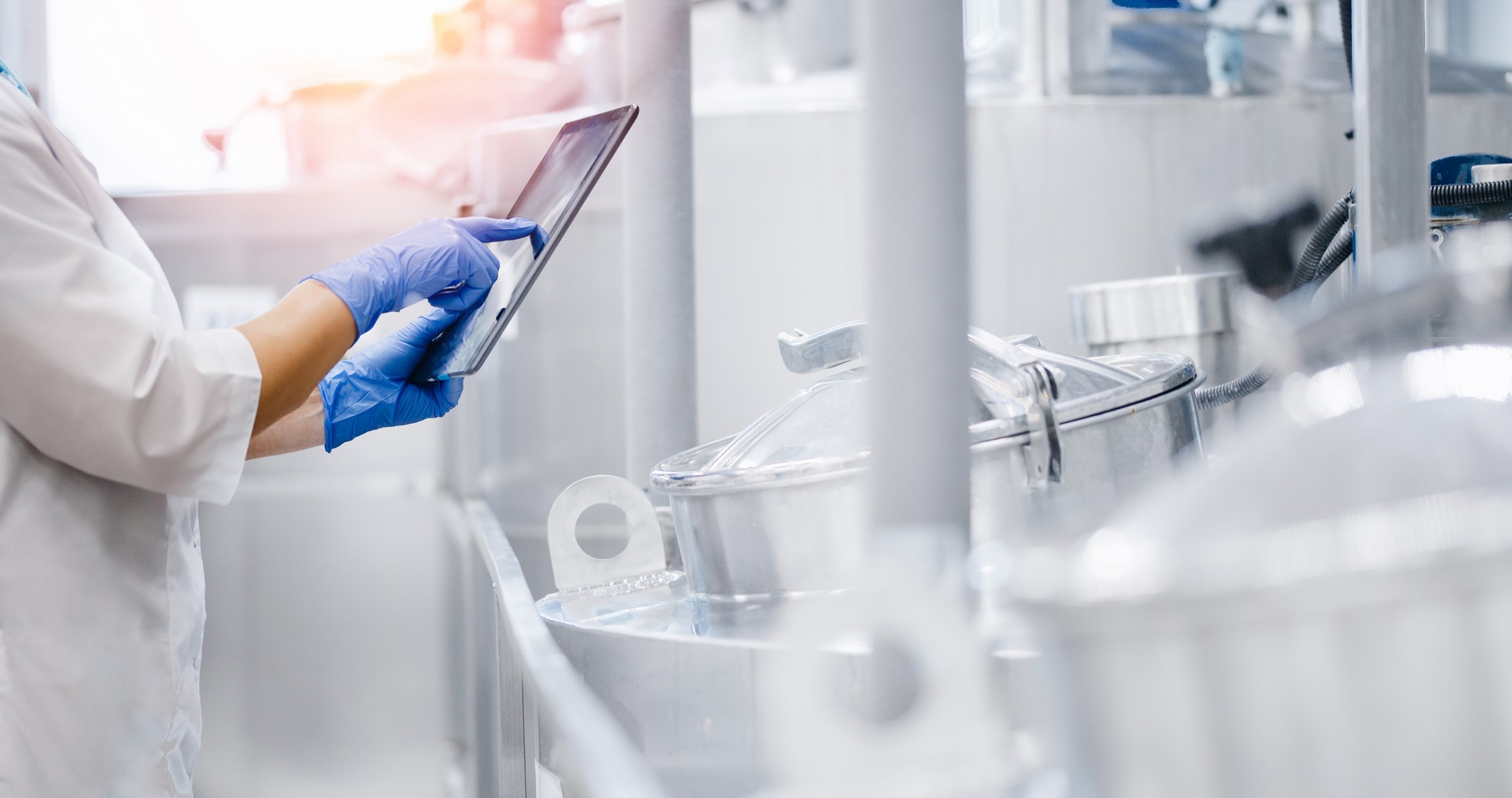
In the healthcare industry where patient lives are at stake, quality culture is a cornerstone principle extending beyond operational efficiency. It has profound effects on patient outcomes. As tech continues to disrupt healthcare, how do technology companies build a robust quality culture to succeed in healthcare?
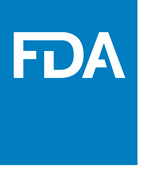
Today, the U.S. Food and Drug Administration (FDA) issued a safety communication to raise awareness about cybersecurity vulnerabilities in Contec CMS8000 patient monitors and Epsimed MN-120 patient monitors. These medical devices are used in health care and home settings for displaying information, such as the vital signs of a patient, including temperature, heartbeat, and blood pressure.

Leveraging awareness communications to grasp the potential opportunity for medical devices designed to monitor health and chronic illnesses offered by the new US administration.
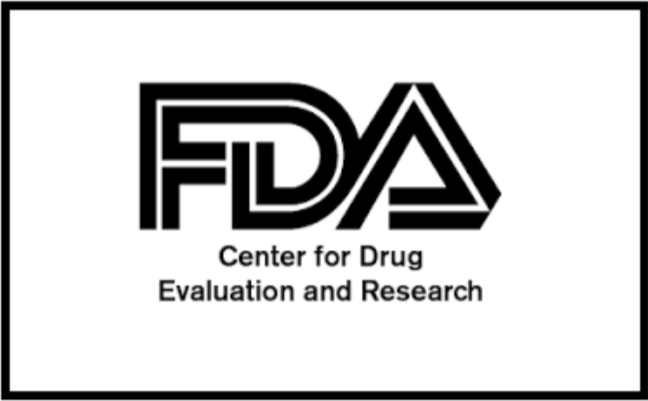
According to CDER Director Patrizia Cavazzoni, CDER’s new Center for Real-World Evidence Innovation represents a major step forward in efforts to unlock the full potential of RWD to inform clinical and regulatory decisions.
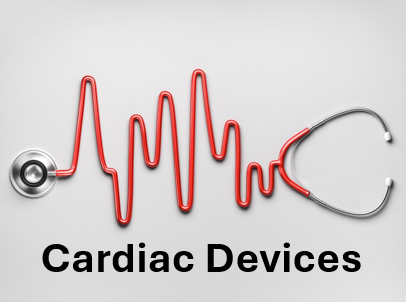
Advancements in cardiac care and novel therapies are transforming cardiac medical devices, providing new solutions for millions affected by heart disease globally.